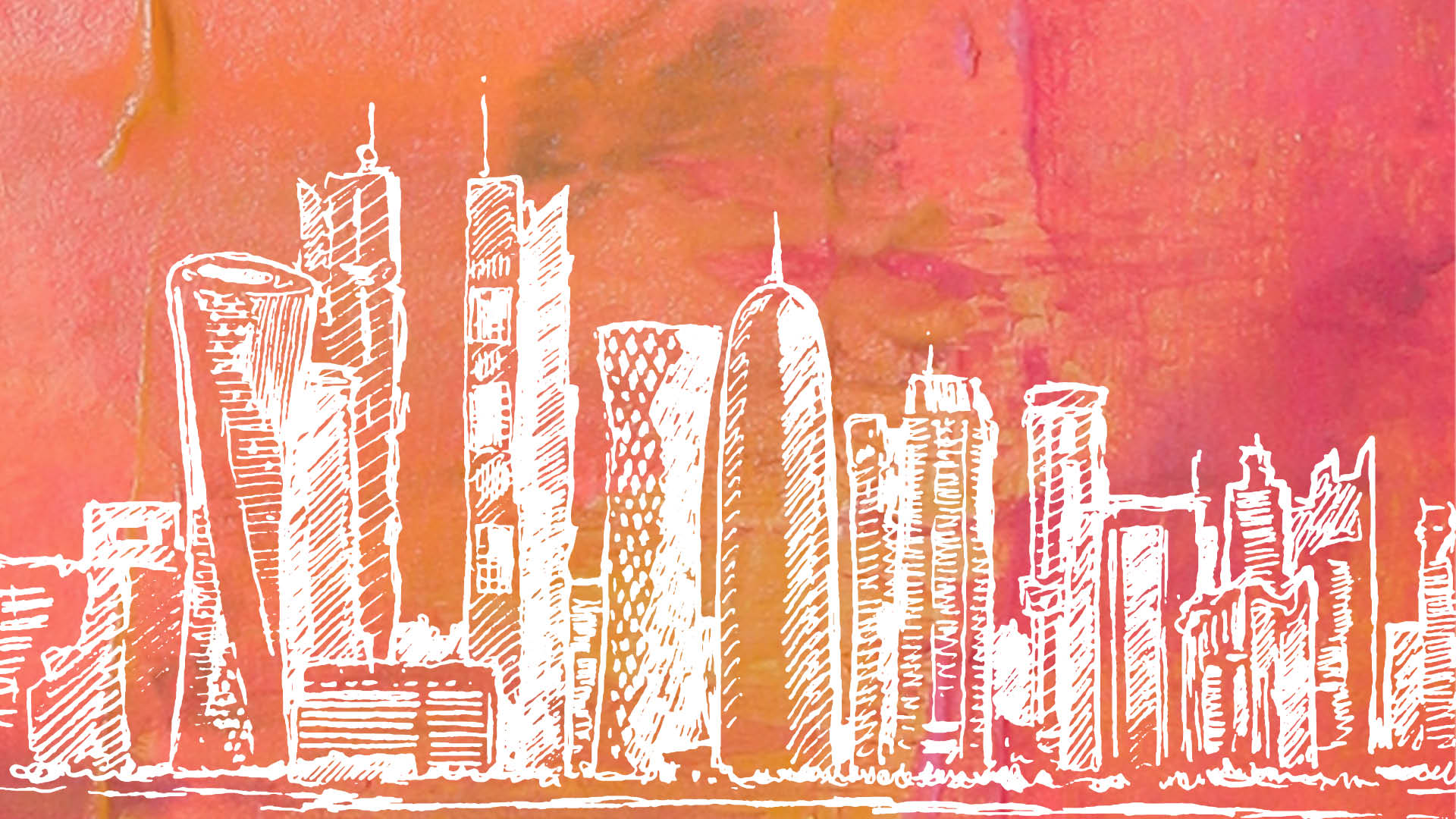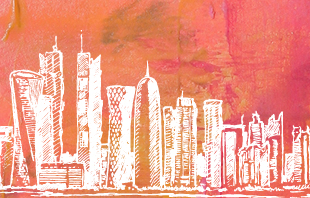- Arbitration
- Banking & Finance
- Capital Markets
- Commercial
- Competition
- Construction & Infrastructure
- Corporate / Mergers & Acquisitions
- Corporate Services
- Corporate Structuring
- Digital & Data
- Dispute Resolution
- Employment & Incentives
- Family Business & Private Wealth
- Innovation, Patents & Industrial Property (3IP)
- Insurance
Find a Lawyer
Book an appointment with us, or search the directory to find the right lawyer for you directly through the app.
Find out more
Real Estate & Construction and Hotels & Leisure
Real estate, construction, and hospitality are at the forefront of transformation across the Middle East – reshaping cities, driving investment, and demanding increasingly sophisticated legal frameworks.
In the June edition of Law Update, we take a closer look at the legal shifts influencing the sector – from Dubai’s new Real Estate Investment Funds Law and major reforms in Qatar, to Bahrain’s push toward digitalisation in property and timeshare regulation. We also explore practical issues around strata, zoning, joint ventures, and hotel management agreements that are critical to navigating today’s market.
As the landscape becomes more complex, understanding the legal dynamics behind these developments is key to making informed, strategic decisions.


2025 is set to be a game-changer for the MENA region, with legal and regulatory shifts from 2024 continuing to reshape its economic landscape. Saudi Arabia, the UAE, Egypt, Iraq, Qatar, and Bahrain are all implementing groundbreaking reforms in sustainable financing, investment laws, labor regulations, and dispute resolution. As the region positions itself for deeper global integration, businesses must adapt to a rapidly evolving legal environment.
Our Eyes on 2025 publication provides essential insights and practical guidance on the key legal updates shaping the year ahead—equipping you with the knowledge to stay ahead in this dynamic market.
The leading law firm in the Middle East & North Africa region.
A complete spectrum of legal services across jurisdictions in the Middle East & North Africa.
-
Practices
- All Practices
- Banking & Finance
- Capital Markets
- Commercial
- Competition
- Construction & Infrastructure
- Corporate / Mergers & Acquisitions
- Corporate Services
- Corporate Structuring
-
Sectors
-
Country Groups
-
Client Solutions
Today's news and tomorrow's trends from around the region.
17 offices across the Middle East & North Africa.
Our Services
 Back
Back
-
Practices
- All Practices
- Banking & Finance
- Capital Markets
- Commercial
- Competition
- Construction & Infrastructure
- Corporate / Mergers & Acquisitions
- Corporate Services
- Corporate Structuring
- Digital & Data
- Dispute Resolution
- Employment & Incentives
- Family Business & Private Wealth
- Innovation, Patents & Industrial Property (3IP)
- Insurance
- Intellectual Property
- Legislative Drafting
- Private Client Services
- Private Equity
- Private Notary
- Projects
- Real Estate
- Regulatory
- Tax
- Turnaround, Restructuring & Insolvency
- Compliance, Investigations and White-Collar Crime
-
Sectors
-
Country Groups
-
Client Solutions

- Law Firm
- /
- Insights
- /
- Law Update
- /
- June 2020
- /
- The Qatar Industrial Designs Law of 2020: What Changed and What to Expect
The Qatar Industrial Designs Law of 2020: What Changed and What to Expect
Diana Abu Al Adel - Senior Associate - Intellectual Property / Dispute Resolution
 As part of Qatar’s Vision 2030 and the active steps taken towards improving intellectual property laws, the long awaited Industrial Designs Law No. 10 of 2020 (‘Industrial Designs Law’) was recently published in Qatar’s Official Gazette (Gazette No. 9 dated 10 May 2020). However, the implementing regulations are yet to be issued which means that design owners still cannot apply for the registration of their industrial designs in Qatar. In the meantime, precautionary measures or alternative ways of seeking protection for their creative designs may still be available.
As part of Qatar’s Vision 2030 and the active steps taken towards improving intellectual property laws, the long awaited Industrial Designs Law No. 10 of 2020 (‘Industrial Designs Law’) was recently published in Qatar’s Official Gazette (Gazette No. 9 dated 10 May 2020). However, the implementing regulations are yet to be issued which means that design owners still cannot apply for the registration of their industrial designs in Qatar. In the meantime, precautionary measures or alternative ways of seeking protection for their creative designs may still be available.
Previously, before the issuance of the Industrial Designs Law and in the absence of a formal industrial design register, the Copyright Law (Law No. 7 of 2002), in accordance with the Berne Convention, had been applied. This means that an industrial design is eligible for protection as copyrighted work. Such protection does not require formal registration, and remains valid during the lifetime of the author and for 50 years beyond his/her lifetime
The implementation of the Copyright Law on industrial designs as imposed by the Berne Convention will no longer be applicable once the implementing regulations are issued and an official industrial designs register is created. In the interim, designers would be well advised to carefully consider whether protection should be claimed based on the Copyright Law now that the Industrial Designs Law has been issued.
What is Eligible for Registration and Protection under the Industrial Designs Law?
As per Article 1 of the Industrial Designs Law, “any two-dimensional or three-dimensional composition of lines or colours which gives a special and new appearance to an industrial product or handicraft, and not merely related to the functional or technical aspect of the product” (unofficial translation), may be registered and protected as an industrial design.
However, in accordance with Article 7, designs that are: dictated by the usual, technical or functional considerations of a product; contrary to public order; or identical or similar to a registered or a well-known trademark may not be registered.
Novelty and Originality
According to the Industrial Designs Law, the most important condition that needs to be fulfilled, in order to register an industrial design, is ‘novelty and originality’. This means that the design must be new and not have been previously disclosed to the public. The difficulty of satisfying this condition is not the condition in itself, but rather in the established practice of intellectual property owners who tend to use the intellectual property and then later apply for its registration.
As the novelty criteria is absolute, industrial designs must be filed in Qatar within six months of the earliest filing date as set out in the Paris Convention. Any public disclosure of a design prior to filing an application for registration in Qatar (or the priority date claimed if an earlier application is filed under the Paris Convention) will negate the novelty of the design, thereby compromising its legal protection due to it being part of the public domain. This will lead to a rejection of the application for registration and ultimately the loss of protection of an industrial design, which will no longer be considered to be exclusively owned by the original design owner.
Will Industrial Design Applications be examined as to their Substance?
The Industrial Designs Law does not provide a clear answer in relation to the examination process, and whether design applications will be examined as to the substance, or if the examination will be limited to formality. This is yet to be determined by the implementing regulations.
However, even where a substantive examination is determined, the question remains as to when such an examination will be practically possible.
In all cases oppositions by interested parties, after the initial acceptance and publication of industrial designs applications, and possible later appeals or cancellation actions before the court, will have a significant role in preventing any unlawful registration, in addition to establishing precedents interpreting the law.
Grace Period and Priority
Some countries operate a grace period of six to twelve months’ post-disclosure by the designer during which an application for registration may still be filed (and not rejected for lacking novelty as being part of the public domain due to the said disclosure). Unfortunately, a grace period is not available under the Industrial Designs Law, with the exception as set out below.
The new Industrial Designs Law mentions a grace period of six months only if the design is disclosed at national or international exhibitions, leaving the conditions and rules relating to any such disclosure to be determined by the implementing regulations.
Is it Possible to Protect the Design Under other Types of IP?
The Industrial Designs Law, the Copyright Law and the Trademarks Law do not expressly prohibit concurrent protection, however the Courts’ interpretation of the various provisions as set out in these laws regarding the application of concurrent protection remains to be seen.
In theory, an asset or different aspects thereof, may be protected under more than one form of intellectual property when suitable under the applicable laws. This, however, is not automatic and a design (normally protectable under industrial designs) should not be submitted for copyright or trademark protection before carefully considering the potential impact of so doing and, in particular, the possible negative repercussions.
In some cases, it may be appropriate to apply for copyright or a three dimensional trademark to protect a design or certain aspects thereof. For example, when a design is also used as a trademark in commerce to identify the source or origin of products or services, it may be appropriate to consider its protection through a 3D trademark. However, the risk is that should the 3D trademark be cancelled by a court order, the design will already be within the public domain and no longer available for industrial design protection, and therefore both types of protection will be lost.
Conclusion
Key points to keep in mind are:
- the issuance of the Industrial Designs Law is a positive step forward which reinforces the position of the Qatari authorities in their commitment to the protection of intellectual property rights and strengthening the IP system in general; and
- until the implementing regulations are put in place, it is recommended that alternative precautionary or protective measures are carefully considered. This may include considering the protection of the design, or certain aspects thereof, under copyright or as a 3D trademark if suitable. This, however, should be considered carefully, strategically and preferably on the advice of expert IP counsel, as doing so without such experience could lead to negative legal repercussions.
For further information, please contact Omar Obeidat (o.obeidat@tamimi.com), Ahmad Saleh (ah.saleh@tamimi.com) and Diana Al Adel (d.aladel@tamimi.com).
Stay updated
To learn more about our services and get the latest legal insights from across the Middle East and North Africa region, click on the link below.


